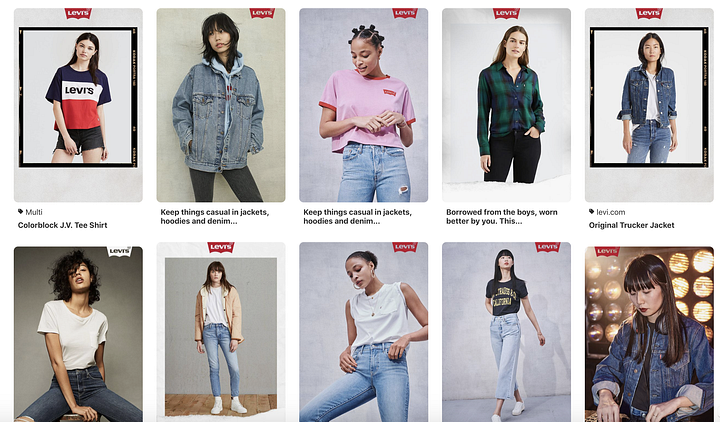
Co-Branding : 7 Successful Examples to Inspire Your Next Co-Branding Campaign
Last update: 26 June 2023 at 09:18 am
You may have always admired the way a company other than your own creates their advertisements, or maybe you have noticed that a brand whose product you like is missing something your company could offer them. It doesn’t necessarily have to be so…you could start a co-branding campaign and create a win-win marketing strategy.
Let’s take a look at 7 examples of co-branding where both brands benefited from the services of the other to boost their visibility and sales.
7 Successful Co-Branding Examples
Levi’s and Pinterest
One of the world’s most famous denim companies has partnered with Pinterest, the social network for artistic inspiration.
Their project: to offer a range of Levi’s clothing that can be customised and adjusted to the taste and requirements of Pinterest users.
The idea here is to address a rather fashion-conscious young adult audience.
This clientele is common to both brands, which logically optimised the effectiveness of co-branding.
- The visibility of Pinterest is a big plus for Levi’s. It allows it to establish itself on a social network with privileged status.
- The jeans company, for its part, is giving Pinterest a new interest thanks to this unprecedented customisable collection. It will further boost activity on the social network, to the benefit of both brands.
Mercedes and Swatch
Together, the German car manufacturer and the famous Swiss watch brand have developed the Smart.

The aim of the project? To create a city car with innovations specific to the watchmaking sector.
Swatch’s involvement in the design of the Smart results in three major benefits for the vehicle:
- A reduction in plastic materials
- Unbeatable value for money
- Aesthetics in shimmering colours
Thanks to this project, Mercedes is targeting a new clientele by proposing a compact and colourful vehicle adapted to the city. Swatch, for its part, is benefiting from its involvement in the automotive sector.
An original but successful example of co-branding!
Dr. Pepper and Bonne Bell
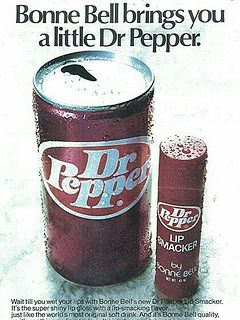
This daring co-branding has also paid off. What happens when you combine a soft drink company with a cosmetics company? A lipstick that tastes like soda!
This co-branding partnership example worked on all levels: innovative, it created a real fashion a few years after its launch.
The buzz around the product gave the two companies a lot of notoriety. Also, its concept inspired other companies to produce lip balms with different tastes.
By teaming up with Bonne Bell, Dr. Pepper is renewing its product range with lip balms that are more sustainable than a drink. Bonne Bell, for its part, is relying on the reputation of its partner and the originality of the project to gain maximum benefit from this co-branding.
McDonald’s, Burger King and the fight against cancer
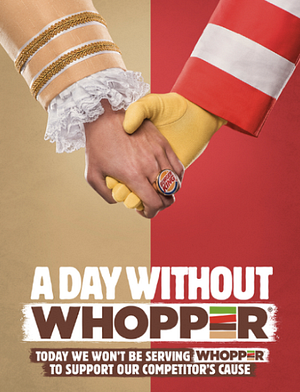
This co-branding partnership has caused quite a stir. The two fast-food giants are joining forces in a charity project.
McDonald’s, at the initiative, promised in 2019 to donate $2 to children’s cancer charities for every Big Mac sold.
Burger King supported the project by stopping to offer the Whopper, the rival sandwich, in their catalogue. Instead, they encouraged their customers to go to McDonald’s to participate in the charity campaign.
Thus, this co-branding example has allowed fast-food brands to improve their image. Burger King was clever enough to support McDonald’s, which in turn took the credit for the initiative. A great advertising boost.
Charities, meanwhile, have benefited from funding from millions of McDonald’s customers. These funds were used to accelerate research in the fight against cancer.
Nike and Michael Jordan
This is perhaps an example of a reference co-branding between a public figure and a brand.
In the 1980s, NBA legend Michael Jordan joined forces with one of the world’s largest sports equipment companies: Nike.
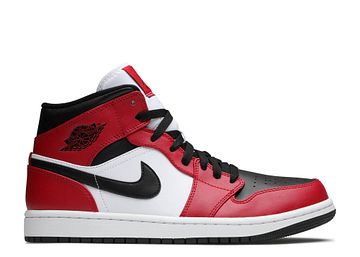
Their co-branding has crystallized around one project: the development of an Air Jordan range bearing the image of the basketball player.
This collection is dedicated to urban footwear, inspired by basketball shoe designs. Michael Jordan’s silhouette complements the famous Nike Swoosh, integrating the star into the company’s visual communication to the end.
Sport is the basis of Nike’s values. It is therefore not surprising that this collaboration has been achieved.
Michael Jordan got a great start with Nike funding. Since then, thanks to the success of the Air Jordans, he is still the brand’s leading figure.
Red Bull and GoPro
Red Bull, a well-known energy drink company, concentrates a large part of its communication in sports competitions, where it is a major sponsor. It is particularly active in extreme sports: off-piste skiing, mountain biking, skateboarding, snowboarding, Formula 1, etc.

The co-branding with GoPro is a no-brainer: the company offers cameras that are greatly appreciated by top athletes in these same sports categories. The GoPro allows them to film their achievements.
This is how Red Bull and GoPro joined forces in the creation and sponsorship of sporting events. This co-branding example is a perfect fit. The two companies were already focusing their communication on the same activities and the same audience.
Their most outstanding project is surely Felix Baumgartner’s jump from space, in which the Austrian exceeded the speed of sound.
With Red Bull sponsoring his suit and GoPro recording the event from spectacular angles, the event was great publicity for both brands.
Spotify and Uber
The music streaming service Spotify has been in the news a lot in recent years. Many of its customers like to use it to listen to music on their car journeys.
Co-branding with Uber is a natural fit!
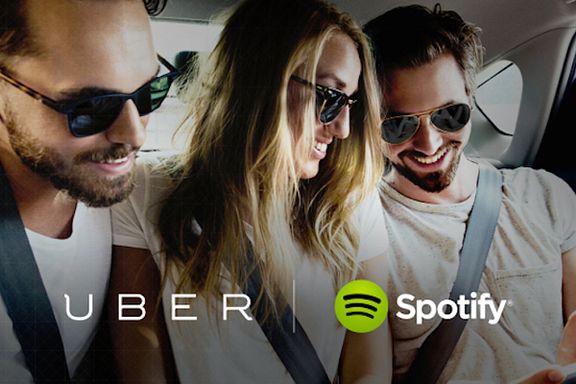
The idea behind their collaboration is to create a Spotify playlist just for Uber rides.
This helps to retain Spotify customers by offering a new opportunity to listen to music with their service. At the same time, it gives Uber rides an extra edge. Their customers can choose the music during their ride.
This Spotify co-branding campaign is an excellent example of a successful association between two companies with very different services. They prove that this did not prevent them from building a perfectly coherent common project!
What Is Co-Branding?
Co-branding is an alliance of two companies to offer a joint service or product.
Co-branding is thus a collaboration between two brands. Through the design of a common product, co-branding is a way for companies to extend their visibility.
It is an excellent way to increase your turnover and visibility, create partnerships, win new customers and strengthen your credibility.
Co-branding: Conclusion
In this article, we have presented 7 examples of successful co-branding. All of these examples of co-branding show how an association between two brands can be used to increase awareness, gain visibility, and grow sales.
That said, it’s not always clear which brand to partner with. If you have a co-branding project in mind and you want to work with another brand, we can advise you to work with a branding agency.
It can help you to define all the points to pay attention to before starting a collaboration.



